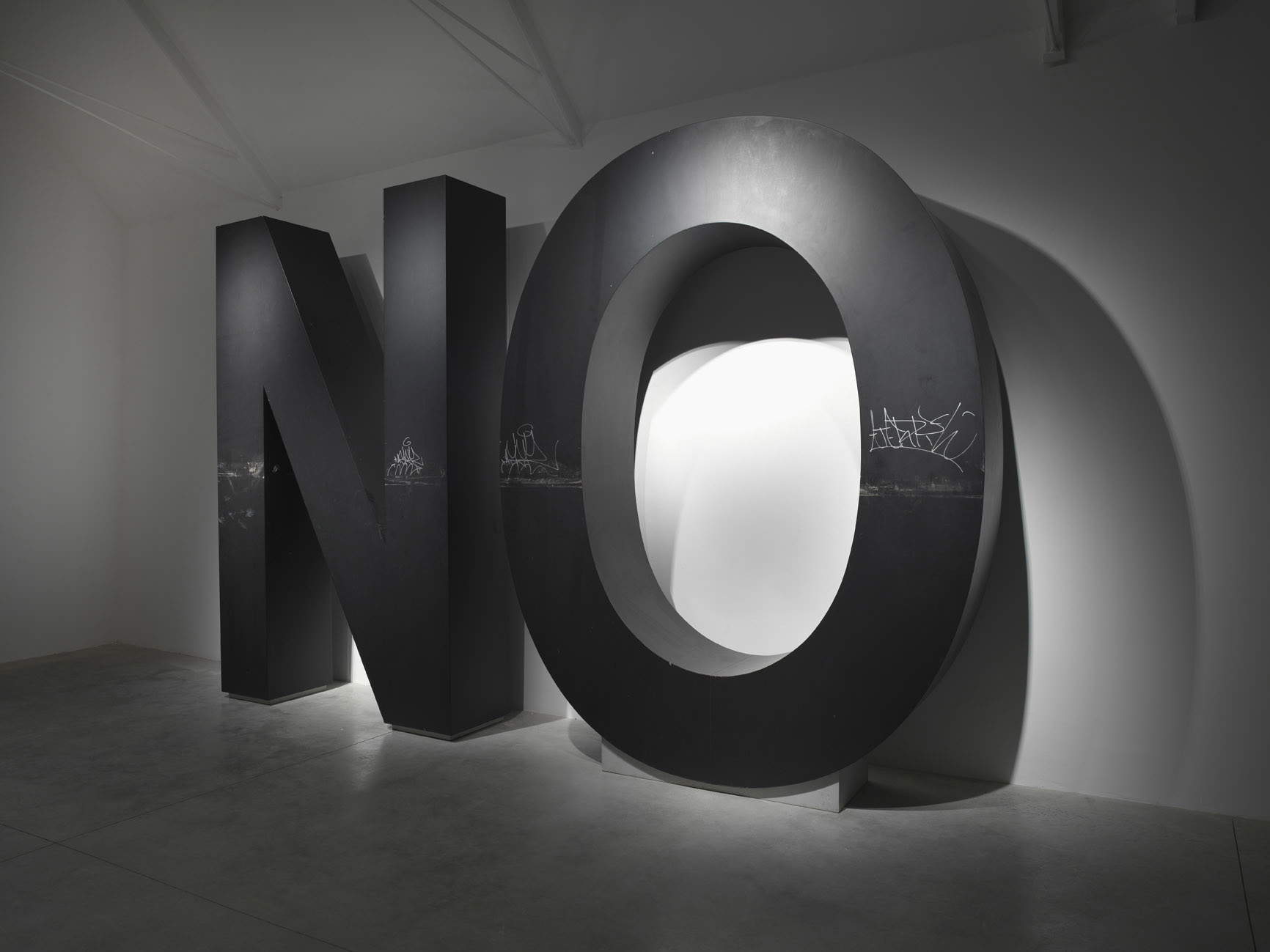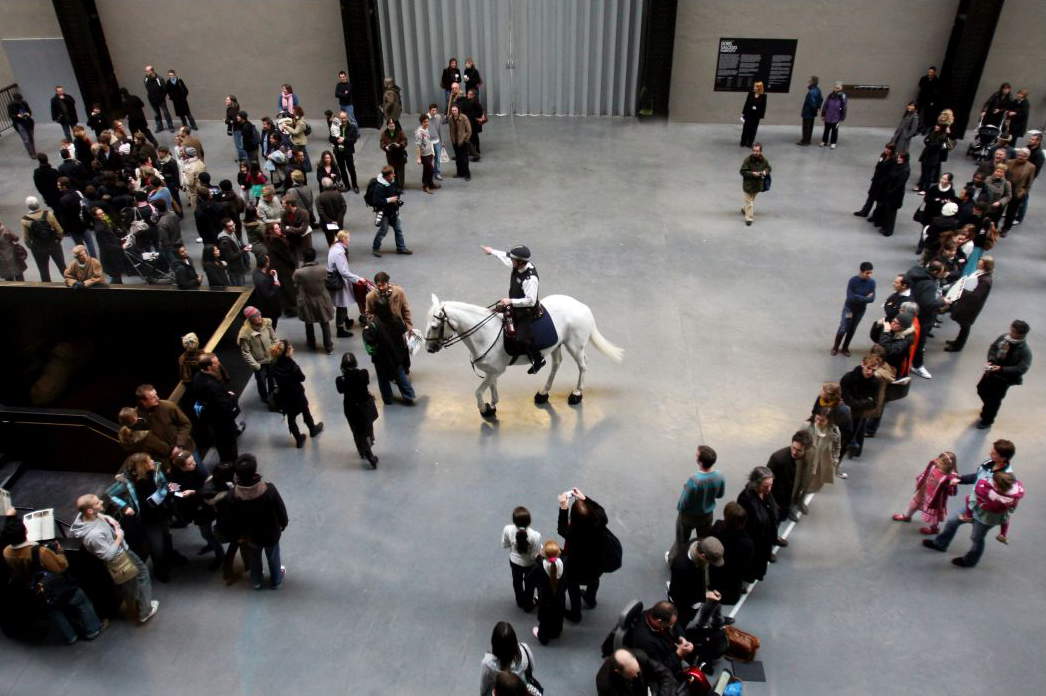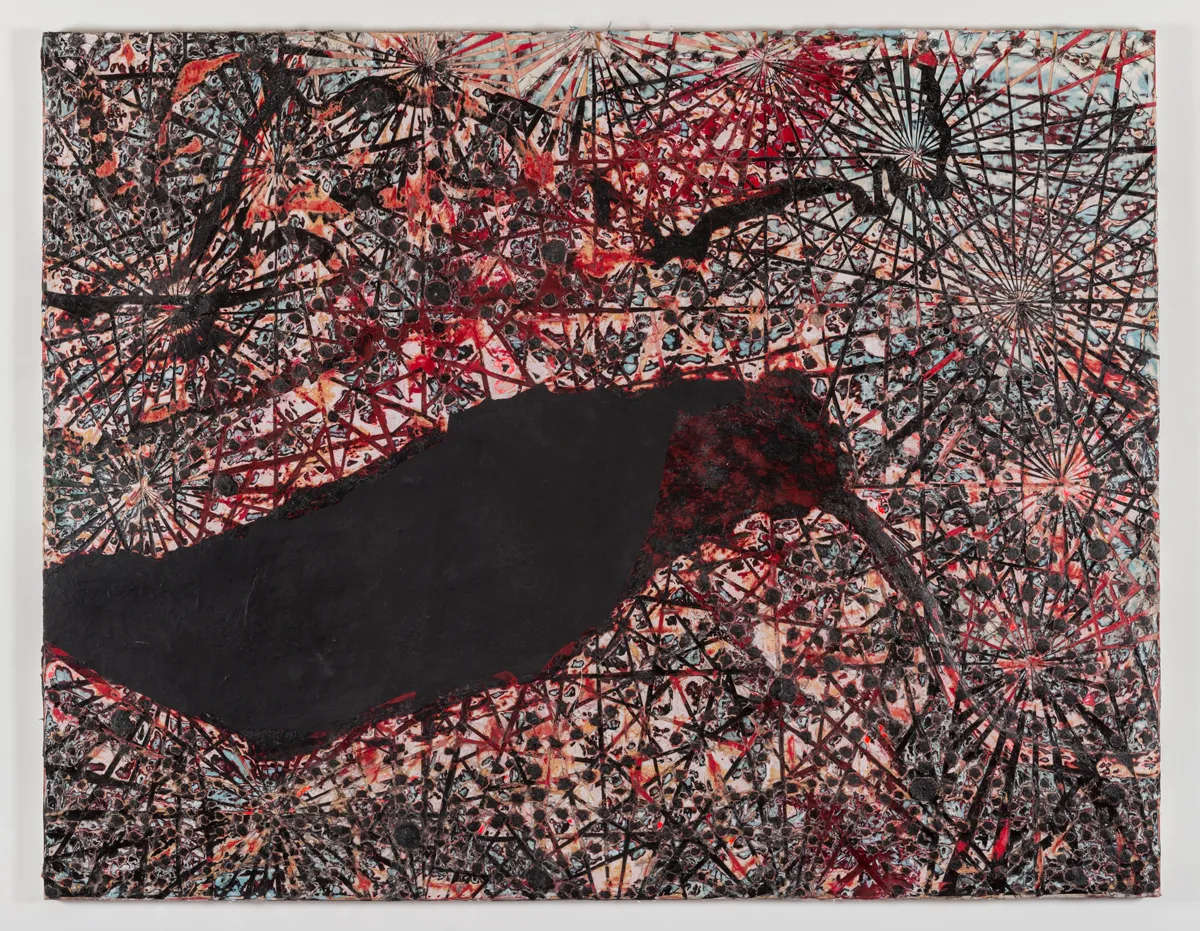Asart pushes the extreme boundaries of society, a subtle and unsettling tension comes into play: are we witnessing an act of emancipation, a gesture that redefines dominant narratives, or are we observing the mutation of discomfort into an aesthetic commodity, consumable and distilled for the pleasure of an audience increasingly distant from the reality it represents? The answer is not simple, yet this question marks the most daring trajectories of contemporary art today. When we speak of “extreme borders,” we refer to those territories of marginality where pain, loneliness, and exclusion are not just abstract concepts, but everyday experiences. Art, in these cases, does not merely reflect these realities: it becomes the vehicle through which discomfort manifests itself, becomes visible, somehow defying the rules of the dominant discourse. But is it really possible to emancipate oneself from pain through art, or does art, in its attempt to give voice to the suffering of others, end up turning it into an aestheticized form that loses its radical impact?
In thecontemporary art scene, the approach to marginality has often found a form of expression that plays on ambiguity. The exposure of suffering, the representation of vulnerability, can be read as acts of denunciation, but also as spectacularization. Suffering, however genuine, can turn into a usable concept, an emotion to be consumed in a protected space, far from the reality it is meant to tell. This is the paradox that every artist confronted with the extreme reality of society faces: how to give visibility to what is invisible without reducing one’s denunciation to an aesthetic action that empties its content?

Art that confronts social inequality, violence or injustice can go so far as to become an act of resistance, a form of struggle. But all resistance has a price: it can turn, slowly, into a consumable object, a product for the market, a commodity to be displayed in galleries, museums, and contexts that rarely confront the reality that the work wants to denounce. Thus, while art becomes a means of denunciation, it runs the risk of becoming part of the system it itself criticizes.
If, as Santiago Sierra seems to suggest, contemporary art is increasingly located in a zone of non-boundaries, between the social and the commercial, between the real and the imaginary, the question arises: how much can a work of art be “authentic” when its very final outcome is predetermined by market logics? The commodification of social suffering is now a given. Exhibitions displaying images of migrant children, tattooed bodies deformed by extreme experiences, or mental distress are no longer uncommon, but often the aesthetic treatment these sufferings undergo calls into question theartist ’s true political intent. If art can give visibility to these issues, then can art really restore a human face to those who are invisible, or is it simply turning suffering into a commodity that circulates within the art market?
How, then, can art respond to this duality? When it represents pain, marginalization, and poverty, can art really emancipate those living on the margins or simply aestheticize what is not consumable for most of its users? Is it possible to make art that not only reflects the extreme conditions of society, but transmutes them into an act of collective liberation?
Tania Bruguera’s work, for example, often creates moments of direct confrontation with the audience, inviting reflection on political issues related to the experience of the body and repression. Her Immigrant Movement International, a project exploring the concept of immigration as a state of exile, not only questions art as an object, but opens a dialogue between the artist, the audience, and the social reality that that suffering represents. But again, can we really speak of emancipation, or are we faced with a solid representation, of a denunciation that risks being confined to the frame of art?

The critique of this aestheticization of discomfort is now a central theme in contemporary theoretical reflection. Artists such as Mark Bradford and Glenn Ligon use surface and materials to recreate the tension between the intimacy of experience and its public representation. But where, then, is the boundary between liberation and aesthetic consumption? Can we really hope that art, as a tool of denunciation, can break down social barriers and give a voice to the voiceless, or are we faced with another level of spectacularization of human discomfort?
The tension between emancipation and the aestheticization of discomfort is more relevant than ever. Does art succeed in redrawing social geographies, in opening spaces for reflection and change, or does it merely tell stories that belong to us less and less, as if those lives, those sufferings, had simply become part of our collective imagination?
In a world increasingly consumed by appearance, is it possible for art, while starting from pain, to transcend it, to challenge the system without being engulfed by it? The answer is never definitive. Every work that confronts suffering, marginality, is forced to question its own limitations, the contradictions that emerge when pain is exposed as spectacle, as performance.

The real question that emerges, then, is not just “What is this art trying to say?” but “Who is the recipient of this message and, more importantly, to whom does the pain it represents belong?” Perhaps, in addressing the extreme boundaries of society, art not only explores suffering, but forces us to reflect on our relationship to it: are we witnesses, but also accomplices? And, finally, what role does theartist play in this game of mirrors, where the line between denunciation and aestheticization becomes increasingly blurred?
Art in the extreme confines of society has the ability to open new horizons, but only if it can avoid the risk of becoming an empty container, where discomfort becomes only a form, devoid of true substance. Only then, perhaps, can it find the emancipatory force that would make it truly capable of changing, if not the world, then at least the perception of the beholder.
Warning: the translation into English of the original Italian article was created using automatic tools. We undertake to review all articles, but we do not guarantee the total absence of inaccuracies in the translation due to the program. You can find the original by clicking on the ITA button. If you find any mistake,please contact us.